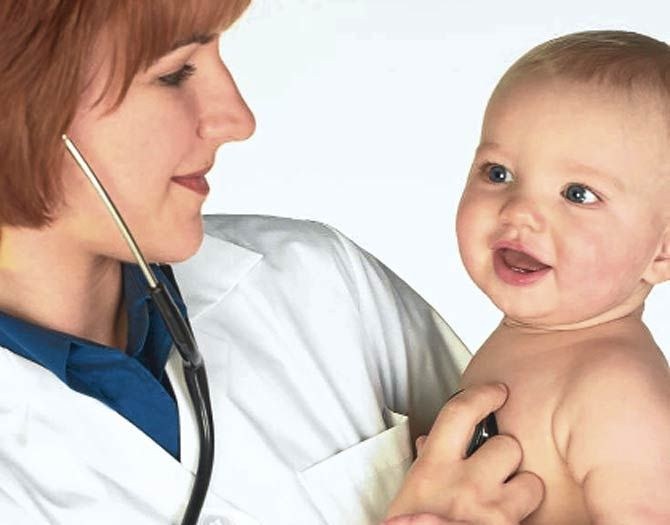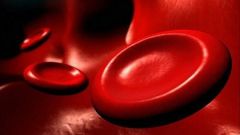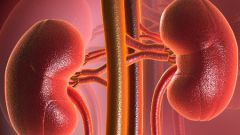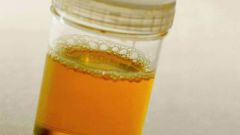Usually, proteinuria is not accompanied by obvious symptoms. However, the presence of large amounts of protein in the urine leads to edema and high blood pressure. Distinguish different types of proteinuria. Functional – appears in stressful situations, colds, nervous disorders and allergic reactions.
Also the increased protein in the urine of a newborn baby is quite normal in a number of physiological reasons. This proteinuria is considered temporary and does not require medical treatment. In the case when along with the presence of protein in the urine, the child has other worrying symptoms, you should immediately seek medical help. The fact that the protein itself is an indicator that testifies to the presence in the body of the disease, so to ignore it in any case impossible.
To ensure that the results of the analysis were reliable, should follow basic rules of collection of the investigated material. Thus, the sexual organs of the child and the urine specimen container should be clean. For this baby you need to wash away the baby soap with no additives, or a weak solution of potassium permanganate. It is important to make sure soap or wool left on the genitals of the child. Urine should be sent to the laboratory within three hours after collection. You need to consider that before the test container with urine should be stored in a cool dark place.
Present in the urine of the baby protein may be indicative of the occurrence of the following diseases: hypertension, renal amyloidosis, renal vascular thrombosis, pyelonephritis, urolithiasis, acute tubular necrosis, congestive kidney, Fanconi syndrome, lysozymuria, overflow proteinuria, chronic rejection of a kidney transplant, haemoglobinuria, and diabetic glomerulosclerosis.
Orthostatic proteinuria is a condition that occurs in older children. This contributes to the appearance of proteinuria protein in the urine only during the period of the child's activity. It turns out that the protein somehow gets into urine during the day, which is not the night to rest. Thus, for the diagnosis of proteinuria should be a two-stage examination of urine, including her morning and afternoon collection. If protein is found in the daily portion of the urine, and in the morning will be absent, it will mean the emergence of orthostatic proteinuria. But not to worry, because this condition is normal and absolutely safe.
Also the increased protein in the urine of a newborn baby is quite normal in a number of physiological reasons. This proteinuria is considered temporary and does not require medical treatment. In the case when along with the presence of protein in the urine, the child has other worrying symptoms, you should immediately seek medical help. The fact that the protein itself is an indicator that testifies to the presence in the body of the disease, so to ignore it in any case impossible.
Proper collection of urine for analysis
To ensure that the results of the analysis were reliable, should follow basic rules of collection of the investigated material. Thus, the sexual organs of the child and the urine specimen container should be clean. For this baby you need to wash away the baby soap with no additives, or a weak solution of potassium permanganate. It is important to make sure soap or wool left on the genitals of the child. Urine should be sent to the laboratory within three hours after collection. You need to consider that before the test container with urine should be stored in a cool dark place.
What kind of diseases indicates the presence of protein in the urine
Present in the urine of the baby protein may be indicative of the occurrence of the following diseases: hypertension, renal amyloidosis, renal vascular thrombosis, pyelonephritis, urolithiasis, acute tubular necrosis, congestive kidney, Fanconi syndrome, lysozymuria, overflow proteinuria, chronic rejection of a kidney transplant, haemoglobinuria, and diabetic glomerulosclerosis.
What is orthostatic proteinuria
Orthostatic proteinuria is a condition that occurs in older children. This contributes to the appearance of proteinuria protein in the urine only during the period of the child's activity. It turns out that the protein somehow gets into urine during the day, which is not the night to rest. Thus, for the diagnosis of proteinuria should be a two-stage examination of urine, including her morning and afternoon collection. If protein is found in the daily portion of the urine, and in the morning will be absent, it will mean the emergence of orthostatic proteinuria. But not to worry, because this condition is normal and absolutely safe.










